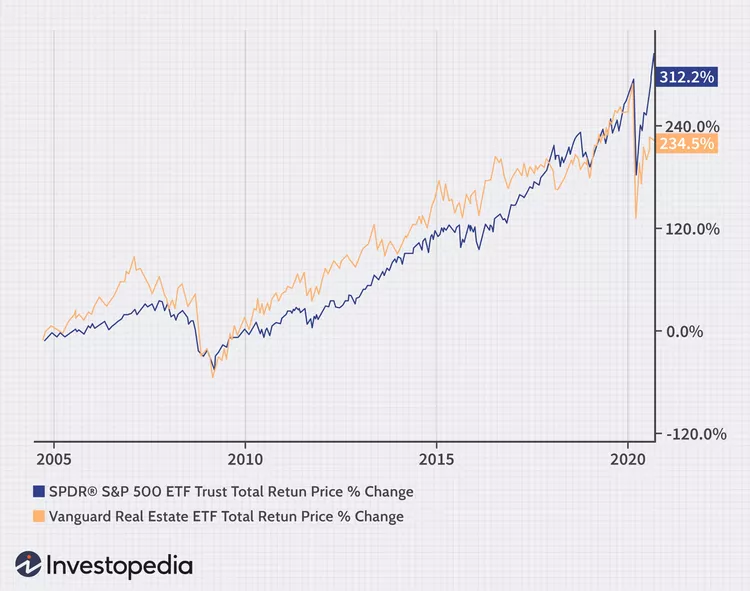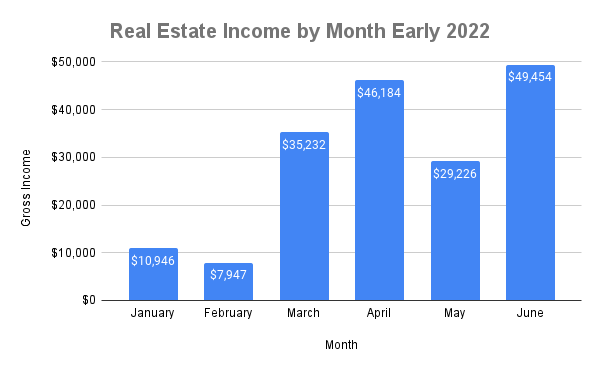الاستثمار العقاري: مشروع جدير بالاهتمام
أهداف تعلم الدرس:
- Understand the intrinsic value of real estate as a tangible asset that offers stability and a hedge against economic downturns.
- Explore the potential for regular income through rental properties, which can enhance financial security and supplement other income sources.
- Recognize the long-term appreciation potential of real estate, contributing to wealth accumulation over time.
- Learn about the diversification benefits and tax advantages of real estate, which can mitigate risk and improve financial returns.
- Gain insights into the control and flexibility you have over property investments, including how to use leverage to amplify potential returns.
1. Tangible Asset with Lasting Value
One of the key advantages of real estate investing is that it is a tangible asset. Real estate holds intrinsic value because it is a physical property that can be used, rented, or sold. While stocks and other securities fluctuate based on market trends, real estate provides a level of stability because land and buildings are always in demand. In times of economic downturns, tangible assets like real estate often retain their value better than other investments.
2. Potential for Regular Income
n residential, commercial, or industrial properties, rent collected from tenants can cover your expenses and generate profit. Real estate investments can act as a source of monthly cash flow, which can be especially useful for retirement planning or supplementing other sources of income.
3. Appreciation Over Time
Real estate generally appreciates in value over the long term, meaning the property you buy today could be worth significantly more in the future. This ارتفاع رأس المال occurs as property prices increase due to inflation, economic growth, and demand for housing or commercial space. Historically, well-located properties have proven to be a reliable means of building long-term wealth.
4. Diversification of Investment Portfolio
Investing in real estate offers an effective way to diversify your portfolio. Holding different types of investments can protect you against losses in other areas. For example, if the stock market experiences a downturn, the real estate portion of your portfolio may still perform well, balancing out your total risk.
5. Tax Advantages
Real estate investments often come with المزايا الضريبية, which can enhance your overall returns. Many countries allow real estate investors to deduct certain expenses such as property taxes, mortgage interest, and property depreciation. Additionally, profits from selling a property can sometimes qualify for lower tax rates compared to other income sources.
6. Control and Flexibility
Unlike other investments, real estate allows you to have greater control over your asset. You can make decisions to improve the property, increase its value, or adjust rental rates to maximize your income. This flexibility allows you to directly influence your return on investment (ROI) through active management.
7. Leverage
Real estate investing provides the unique opportunity to use leverage. By financing a property with a mortgage, you can control a larger asset with a smaller upfront investment. This allows you to amplify your potential returns, as any appreciation in the property’s value is based on the total value of the asset, not just your down payment.
Risks to Consider
While real estate can be a highly rewarding investment, it is not without its risks. Some potential downsides include:
- Market Fluctuations: Real estate prices can fluctuate based on economic conditions, interest rates, and local market demand.
- Liquidity Challenges: Real estate is not as liquid as other investments, meaning it may take time to sell a property when you need cash.
- Active Management: Managing a property requires time and effort, especially if you’re dealing with tenants, repairs, or maintenance.
However, with careful planning and the right strategy, many of these risks can be mitigated, making real estate investing a worthwhile venture for those looking to diversify their portfolio and build wealth over time.

شكل: Comparing Real Estate and Stock Investments
وصف:
The figure provides a comparative analysis between investing in real estate and stocks. It includes aspects such as the potential for passive income, capital appreciation, market volatility, liquidity, and the effects of economic changes on investment values.
الماخذ الرئيسية:
- طبيعة الاستثمار: تمثل العقارات أصلاً ملموساً، في حين أن الأسهم هي حصص غير ملموسة في ملكية الشركة.
- العوائد المحتملة: في حين أن العقارات يمكن أن توفر دخل الإيجار والتقدير، يمكن للأسهم توفير أرباح ومكاسب رأسمالية.
- السيولة: الأسهم عادة ما تكون أكثر سيولة من العقارات، مما يسمح للمستثمرين بالصرف النقدي بسهولة أكبر.
- عوامل الخطر: قد تتأثر العقارات بظروف السوق المحلية، بينما تكون الأسهم عرضة لتقلبات السوق العالمية وأداء الشركة.
- النمو على المدى الطويل: أظهرت كل من العقارات والأسهم تاريخياً ارتفاعاً على المدى الطويل، ولكن أنماط نموها وأحجامها قد تختلف.
تطبيق المعلومات:
For investors evaluating their portfolio diversification, understanding the inherent benefits and risks of real estate and stock investments is vital. While real estate offers a sense of security through physical ownership and potential for passive income, stocks provide the advantage of liquidity and potential for rapid growth. Aligning one’s investment decisions with financial goals, risk tolerance, and market understanding is crucial, whether diving into the property market or the stock exchange.

شكل: Real Estate Income by Month Early 2022
وصف:
This bar graph shows gross real estate income for each month from January to June 2022. It highlights income fluctuations over six months, starting at $10,946 in January, decreasing slightly to $7,947 in February, and then rising sharply in March to $35,232. The income continues to grow, peaking at $46,184 in April before dipping in May to $29,226. By June, income reaches its highest point at $49,454. The graph makes it easy to compare month-to-month changes and observe trends in income growth and dips.
الماخذ الرئيسية:
- Real estate income varied month-to-month with noticeable fluctuations.
- February had the lowest income at $7,947.
- March and April saw significant increases, reaching $35,232 و $46,184 respectively.
- May showed a decline to $29,226 after strong growth.
- June had the highest income of the period at $49,454, reflecting a strong recovery.
- Overall, there is a clear upward trend in income despite some dips.
تطبيق المعلومات:
This data is useful for understanding income trends in real estate over time. Investors can use this to analyze seasonal performance and predict when income might rise or fall. Recognizing these trends helps in planning investments أو budgeting operations for future months. Such insights are valuable for anyone learning about real estate income patterns.
معلومات الدرس الرئيسية:
- Real estate provides a stable, tangible asset that can outperform other investments in times of economic uncertainty.
- Regular income from properties can stabilize your finances, especially beneficial for long-term financial planning like retirement.
- Appreciation over time enhances the investment’s value, contributing to long-term wealth building.
- تنويع through real estate can reduce risks associated with market volatility in other investment areas.
- Control and leverage in real estate investing allow for direct influence over investment outcomes and the ability to manage larger assets with smaller initial investments.
كلمة الختام:
Real estate investment is a powerful strategy for building wealth, offering stability, regular income, and significant tax benefits. It serves as a critical component of a diversified investment portfolio.


